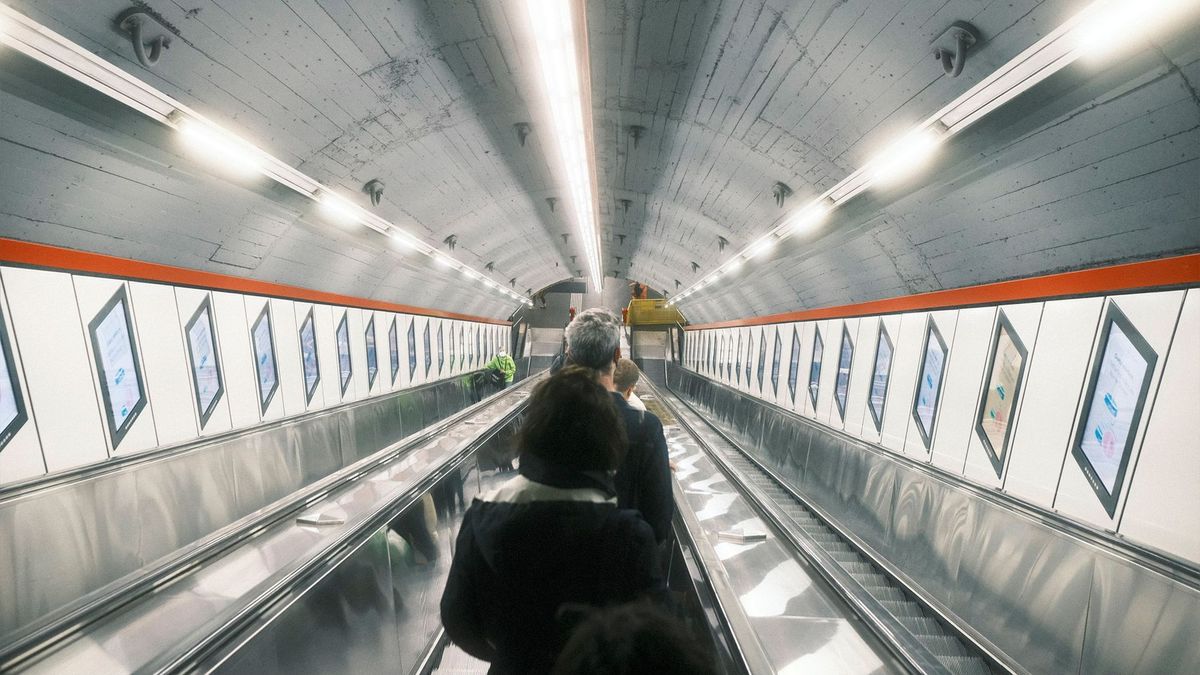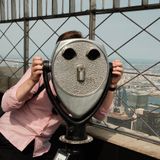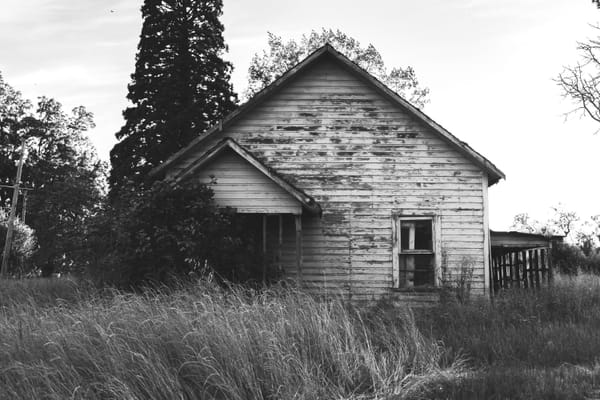Why Fuji Film Simulations Have the Potential to Save Photography in the Age of Digitally Optimized Triviality
Fuji's film simulations are not mere nostalgia but a radical counterproposal to the increasing shift of the creative process towards post-production.

One of the reasons why I chose to buy a Fujifilm camera last autumn was the beautiful JPEGs produced by Fuji's X-Trans sensors. In combination with the so-called film simulations, another unique feature of Fuji, which simulates the characteristics of analog negative and slide films, there is no longer a need to post-process snapshots until satisfied with the color tones, gradation curves, or saturation. Although this feature may seem like an anachronistic gimmick at first glance, there is now a large community that shares their camera settings for simulating analog films (called recipes). One of the perhaps most well-known websites where these recipes are compiled is Fuji X Weekly.
I must say, I am in love with the colors of many of these recipes. Unlike the color profiles of other camera manufacturers, color tones do not change linearly with brightness but react differently to underexposure and overexposure, just like analog films. The Color Chrome effects, which reduce the luminance of blue, yellow, green, red, and orange tones and make them appear more saturated, do not look like trashy Instagram filters at all but actually remind of the behavior of slide films like Kodachrome. Since the first day I unpacked my Fujifilm X-T4, I have been experimenting with these recipes. They, along with the classic design of the X-T4 with its physical dials for ISO and exposure, as well as the matching Fujinon optics, which almost all have a manual aperture ring, are the reason why I now use my camera like an analog SLR. As trivial as it sounds: I fold the display inward when photographing, and all that's missing is the film loading flap to make it feel like a roll film camera. After more than half a year, I can say that this has brought back my joy in photography.
Admittedly, it may sound paradoxical to want to use a digital camera as if it were analog. After all, the flexibility offered by RAW files in post-processing is a huge advantage. Not to mention that with moving subjects in continuous shooting mode, you can practically keep your finger on the shutter and be guaranteed a satisfactory shot, unlike a roll of film with very limited space for exposures. Don't get me wrong: I wouldn't want to miss these possibilities, especially not in professional contexts. Nevertheless, I don't think they make anyone a better photographer.
As a former Sony α6400 shooter, my camera was almost always in continuous shooting mode. One can still delete the many snapshots in Bridge before adjusting skin and green tones and applying a preset in Lightroom. No matter what jumped in front of my lens, I shot in aperture priority mode, and if I moved the camera a little, I had the choice between slightly different angles later on. I saved most of my thoughts on image composition for sorting and cropping in post-production, as well as adjustments to exposure. An exposure time of around 1/250s for a standard zoom lens is rarely wrong in most situations. Of course, I knew about the limitations of such operation back then, but I felt more "in the moment" when semi-automatic mode took some decisions off my hands while quickly snapping shots.
In principle, there is nothing wrong with such a workflow, but with this way of photographing, I missed out on three important aspects:
First, the room and fun for experimentation. For example, how would my subject look if I used a longer exposure time and showed motion blur? Or what if I closed the aperture further to relate two objects that are actually somewhat distant from each other?
Secondly, the ability to think about composition even before raising the viewfinder to the eye: What framing do I want to show? How compressed should the background be and which focal length do I need to choose for that? Where do I need to move to get the image I envision in the right perspective onto the sensor?
Thirdly, and finally, I also thought less about what I wanted to photograph and why, and which details were important to me. Because when you quickly snap everything that looks remotely interesting, you don't really do justice to any subject. The staging of the subject, thinking about what you consider significant for what reason, and what you leave out, what you expose for and what should remain in the shadows, is what makes you as a photographer more than just a person who presses the shutter button.
Of course, you don't need a Fujifilm camera to ask yourself such questions and develop as a photographer. However, I think the philosophy behind the film simulations is a great enrichment for contemporary photography. Especially now, in the dawn of the age of computational photography, where artificial intelligence partly optimizes and manipulates the image during sensor signal processing, the photographer risks being reduced to a mere user who basically just has to press a button. Modern smartphones and software like Luminar AI are already taking decisions about exposure or focus depth away from photographers step by step. Even for professional photographers, an increasingly larger part of the creative process shifts to post-production, where you can try to recreate the image you had in mind while photographing using a variety of sliders. The actual process of taking photos, of thinking before pressing the shutter, becomes more and more incidental.
If you embrace Fujifilm's approach and use your camera "analogously" in the sense that you shift the creative process to the present and take the necessary time to turn the adjustment dials and try out different perspectives, you end up with not only beautiful JPEGs but also a completely different relationship to your own work. I can only speak for myself, but for me, film grain, slightly faded or more chromed colors due to exposure, give an image a character and plasticity that I find lacking in the super-smooth, sharpened, and/or noise-reduced images with the same teal/orange or golden tone Lightroom presets that flood social media. The ubiquitous technical perfection of well-retouched and optimized images bores me. It triggers a moment of alienation in which I wonder when such photography still reproduces the unique quality, as Walter Benjamin would define the captured moment, and when it has lost any connection to its subject for the sake of mass appeal and mass compatibility.
In the age of digital photography, film simulations are by no means mere nostalgia. On the contrary, they offer photographers a seemingly lost connection to the actual creative process and, as a result, to the captured moment. They represent a radical counterproposal to a growing flood of digitally optimized yet carelessly taken images.




